Espinho
Natural Heritage
Espinho has 8 km of beaches, which since 1830 are sought by the mild climate, long beaches together with rocks replete with marine algae. The vast blue sea that surrounds the fine sand is intersected by spurs that make it gentle in areas conducive to bathing with pleasure and safety of a beach carefully watched. It is also suitable for water sports such as surfing or body-boarding.
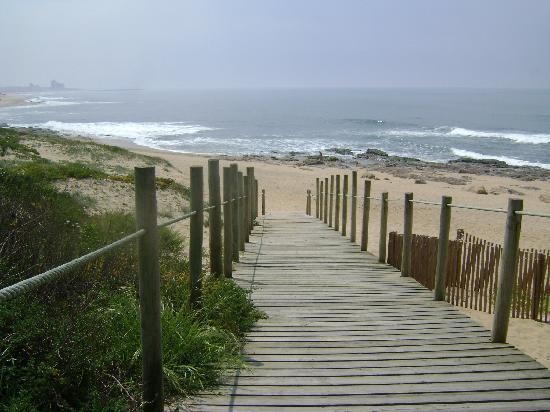
Espinho has several beaches awarded a Blue Flag of Europe (Bay beach and others) where, throughout the bathing season are carried out various activities aimed at holidaymakers and sensitize the population to the need to preserve the environment.
How to have fun
Open all year Espinho Casino, is the meeting point of people from various places, attracted by its international shows, renowned restaurant, conference hall, art gallery and games rooms, including roulette, French banks, baccarat, slot machines and bingo.
Pathways
In Espinho there are many paths for walking along the beaches and with a gangway to the Porto city.
For general information about Espinho, visit the City Council web site.
Porto
Porto made its name over two centuries ago because of its connection with the port wine industry and it is a 20 km North from Espinho.

In recent years, UNESCO recognised its historic centre as a World Heritage, is one of the most attractive entertainment venues for visitors, providing a rich variety of monuments and ordinary dwelling, from different periods stretching back as far as the 14th century.
Located along the Douro river estuary in northern Portugal, Porto is one of the oldest European centres.The city and its river, Douro, cannot be dissociated. The Douro valley, with its lovely terraces of vineyards clinging to the hillsides, is the kingdom of the famous Port Wine and offers visitors spectacular views.

Porto is the second largest city of Portugal on the western most tip of continental Europe. Situated on the banks of the Douro River, Porto is one of the oldest tourist destinations in Europe. In the heart of an area of great vitality, surrounded by several modern industrial companies, Porto is an ideal gateway to the North of Portugal.
Some tourist places of interest in Porto are:
Serralves: Museum of Contemporary Art and Park.
Museu Nacional de Soares dos Reis: Palácio dos Carrancas, sculptures ant paintings from the XIX and XX centuries.
Casa da Música: The building, whose name literally means "House of Music", was designed by the Dutch architect Rem Koolhaas.
Old Cathedral - Sé do Porto
Clérigos Tower
Igreja de São Franscisco
Estádio do Dragão: The Dragon Stadium, home of FC Porto and the stage of the opening match of Euro 2004.
Porto City Council: Câmara Municipal do Porto Cruises in the Douro River: to see Porto World Heritage or the Douro Valley.
For general information about Porto, visit the Tourism web site.
Aveiro
Aveiro is a 50 km South from Espinho. There are several attractions in the city of Aveiro, including cathedrals, canals and the beaches of the Peninsula de São Jacinto.

Attractions near Aveiro include the Ílhavo Ceramica de Vista Alegre and the beaches of Barra, Costa Nova do Prado, and Gafanha da Nazaré.
Aveiro is known in Portugal for its traditional sweets, Ovos Moles de Aveiro and Trouxas de Ovos, both made from eggs.
For general information about Aveiro, visit the Tourism web site.


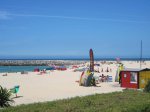

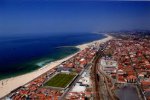







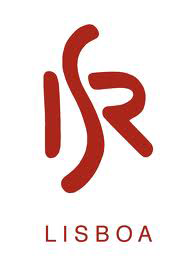






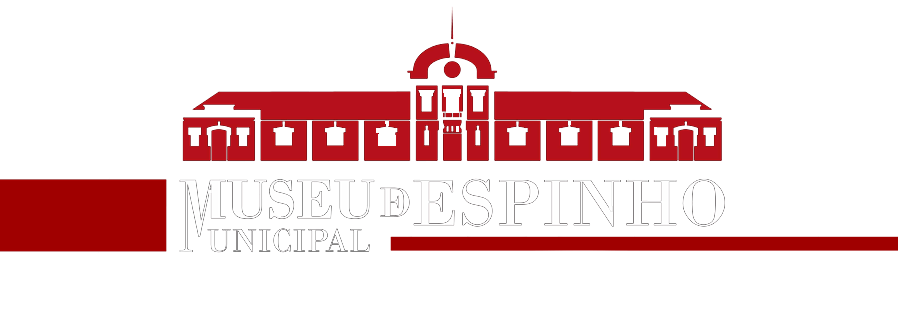

 Espinho features the Mediterranean climate. As a result, its climate shares many characteristics with the coastal south: warm, dry summers and mild, rainy winters.
Espinho features the Mediterranean climate. As a result, its climate shares many characteristics with the coastal south: warm, dry summers and mild, rainy winters.